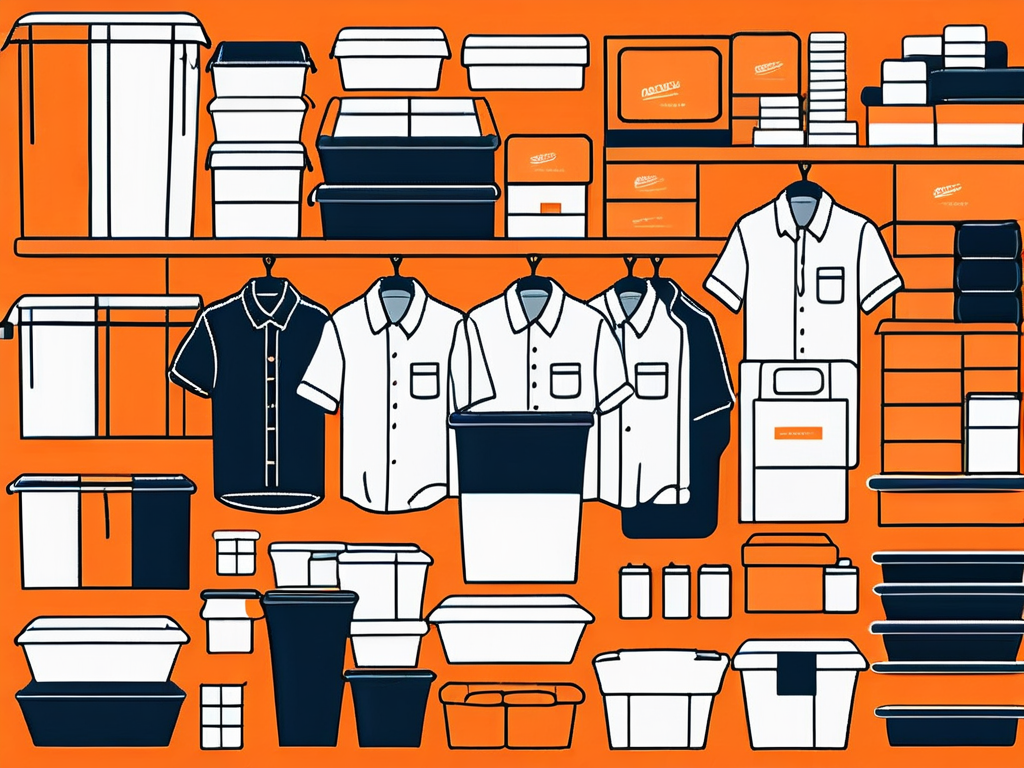Moving can be one of the most significant transitions in a person’s life. It brings about new opportunities and experiences but also requires meticulous planning and decision-making. Knowing what to pack and what to leave behind can ease the stress of moving and help ensure a smooth transition into your new home. This guide will provide you with essential tips for sorting, packing, and settling into your new space.
Understanding the Essentials of Packing
Before diving into the packing process, it’s vital to understand the essence of effective packing. This involves more than just tossing your belongings into boxes. Packing smartly can save time, energy, and often money during a move. A well-organized packing strategy not only eases the transition into a new space but also helps in maintaining a sense of order amidst the chaos of moving.
The Importance of Sorting Your Belongings
Sorting your belongings can be a daunting task, but it is an essential step in the packing process. By evaluating each item and determining its necessity, you can reduce clutter and ensure that you’re only bringing things you truly need or love. This process often helps people discover items they forgot they even owned, sparking memories and perhaps even a bit of nostalgia. Engaging in this reflective exercise can also serve as a reminder of your personal growth and changing tastes over the years.
During sorting, ask yourself questions such as:
- Do I use this item regularly?
- Does this item have sentimental value?
- Is it in good condition?
- Can I easily replace it if needed?
These questions can guide you in deciding whether to keep, donate, or discard items. Additionally, consider involving friends or family in the process; they can offer a fresh perspective on what to keep or let go of, and it can turn a tedious task into a fun group activity.
Identifying What to Pack
Once you have sorted through your belongings, the next step is identifying what to pack. This can often be categorized into essential and non-essential items. Essential items are those you use frequently, while non-essentials may include seasonal clothing or rarely used kitchen gadgets. Understanding this distinction can help streamline your packing process and ensure that you have immediate access to what you need upon arrival at your new home.
Here are some categories to consider while packing:
- Daily essentials: Clothes, toiletries, medications, and important documents.
- Kitchen essentials: Basic cookware, utensils, and a limited set of dishes.
- Comfort items: Bedding, pillows, and comfort items like favorite books or toys.
As you identify these items, be mindful of the space and weight restrictions imposed by your moving situation. It can also be beneficial to create a detailed inventory list of packed items, which not only aids in keeping track of your belongings but also provides peace of mind. Furthermore, consider the order in which you’ll need these items; packing a suitcase with essentials for the first few days can make settling in much smoother and more manageable.
Tips for Efficient Packing
Efficient packing can help streamline your move, making it quicker and less stressful. Having a strategy in place is crucial for managing your time and resources effectively during this hectic period.

Organizing Your Items
Start organizing your items by room or category. This not only makes the packing process more manageable but also simplifies the unpacking process in your new home. By grouping similar items together, you can easily identify what you need to pack next and ensure that nothing gets left behind.
Consider using color-coded labels for boxes to denote which room they belong to. For instance, use:
- Red labels: Kitchen
- Blue labels: Living Room
- Green labels: Bedroom
This visual aid will help movers know where to place each box and will save you time when unpacking at your new home. Additionally, you might want to create a master inventory list that corresponds with your labeled boxes. This way, you can easily track what you have packed and ensure that all items arrive at your new location intact.
Packing Techniques for Different Items
Different items require different packing techniques to ensure they remain safe during transit. Here are some tips for a few common types of belongings:
- Fragile items: Use bubble wrap or packing paper, and clearly label the box as “fragile.”
- Clothing: Use suitcases or vacuum-sealed bags to minimize space.
- Electronics: Keep cords organized and label everything for easy reassembly.
By employing these techniques, you’ll minimize damage and make unpacking smoother. For larger items, such as furniture, disassemble them if possible to save space and prevent scratches. Keep screws and small parts in labeled bags taped to the corresponding furniture, so you won’t have to search for them later. Moreover, for items like books or heavy kitchenware, consider using smaller boxes to avoid overloading them, which can lead to breakage or injury during the move.
Deciding What to Leave Behind
Deciding what to leave behind can be just as challenging as deciding what to pack. However, letting go of unnecessary possessions can create a fresh start in your new home.
Letting Go of Unnecessary Items
It’s often hard to part with items that no longer serve a purpose. However, remember that less clutter can lead to more productivity and happiness in your new space. Therapists often suggest that decluttering allows individuals to create a more serene and organized environment.
Consider the 90/90 rule. If you haven’t used an item in the last 90 days and won’t use it in the next 90 days, it’s time to let it go. This method can clarify your decision-making process significantly.
Donating or Selling Unused Belongings
Once you’ve decided what to part with, consider donating or selling those items instead of merely discarding them. Many organizations would gladly accept gently used goods, and selling online can also provide some extra funds for your move.
Popular platforms for selling include:
- Facebook Marketplace
- eBay
- OfferUp
By doing this, you’re not only decluttering but potentially helping others in need.
Preparing for the Big Move
As the moving day approaches, being prepared is key to ensuring everything goes smoothly. This involves final checks and diligent planning.
Final Checks and Balances
In the days leading up to your move, conduct a final walkthrough of your home. Ensure that each room is packed and that nothing is left behind. Double-check for items in closets, cupboards, or even in the garage.
Remember to take care of administrative responsibilities like changing your address, notifying utility companies, and updating your insurance information.
Ensuring a Smooth Moving Day
The day of the move can be chaotic, but some strategies can help. Create a checklist of tasks, and ensure you have everything loaded onto the moving truck efficiently.
Designate a space in your new home where movers can drop boxes, and consider having snacks and drinks on hand for everyone involved. Keeping spirits high can make the day more enjoyable for you and your helpers.
Unpacking in Your New Home
Once you’ve moved in, the unpacking process begins. This step can be just as overwhelming as packing, but it can also be exciting.
Organizing Your New Space
As you unpack, take the time to organize items thoughtfully. Start with essential rooms like the kitchen and bedroom, and save less critical areas like the garage for later. Using your organized packing system (color-coded labels), you can find items easily and get settled more quickly.
Turning Your New House into a Home
Finally, remember that transforming your new house into a home is a gradual process. Adding personal touches through decorations, photos, and favorite furniture will help establish a sense of belonging.
Invite friends and family over once you’re settled to fill your space with love and laughter, creating memories in your new environment. A house becomes a home through the experiences you have within it!
By understanding what to pack and what to leave behind, you can approach your move with confidence and clarity. Happy moving!
















